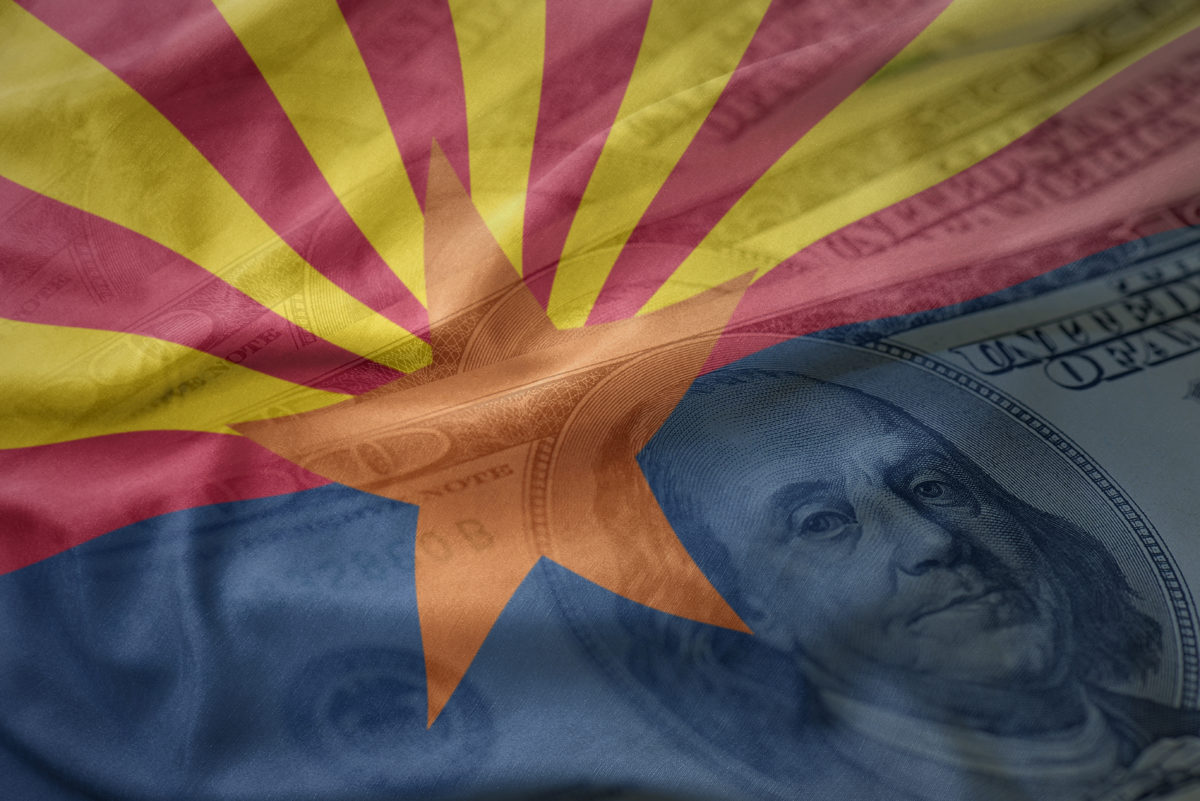The Bottom Line A State’s Most Strategic Plan — Universal School Choice
Originally published at Chalkboard ReviewArizona Governor Doug Ducey recently signed universal school choice into law, affording all 1.1 million K-12 students in the state the opportunity to receive $7,000 in an Empowerment Scholarship Account. Students can apply the annual funds to cover expenses of the learning avenue of choice — private school, microschool, learning pod, homeschool, virtual school, hybrid, or a host of other expenses such as tutoring, curriculum, technology, or other learning supplies.
Not only is this a win for parents, whose children can now be freed from government-run and union-controlled traditional public schools, but it’s also a win for the state. By employing free market principles to the K-12 education enterprise, customers are empowered to shop for schools and other innovative educational avenues for their children. This will transform the public-school monopoly into a competitive marketplace.
For the first time on a statewide scale, K-12 schools will be forced to demonstrate that they provide high-quality student learning and a superior customer experience, all with a competitive price to attract and retain students. Parents dissatisfied with their child’s public schools — whatever their reasons — can simply exit and take their $7,000 per student Empowerment Scholarship Account funding elsewhere.
As Robert J. Marks explains in his book, Non-Computable You: What You Do that Artificial Intelligence Never Will, free market forces inspire people to innovate. With education entrepreneurs — termed “edupreneurs” — creating innovative schooling avenues for students, parents will have the ability to select from an increasing array of options. These new schools, new school models, and innovative learning avenues will come on the scene rapidly in the coming years as edupreneurs compete to meet the market demand.
Edupreneurs will have a leg up on entrepreneurs in other industries by knowing potential consumers have $7,000 per student set aside to buy what they’re selling. Therefore, they can create business models working backward from that number to help meet the instant large-scale demand at a price consumers can pay. Offerings can range from full-service in-person private schools to more innovative and flexible models that provide instruction in less traditional ways.
With a wide variety of $7,000 educational options coming to the market over time, providers will be motivated to attract customers with superior offerings in the most cost-effective way. This will be a far cry from today’s K-12 public school monopoly that demands more money every year with little accountability for student learning nor providing a positive customer experience for families.
Voters will be exposed to non-traditional public schools with the consistent ability to effectively educate students with fewer funds. And gone will be the days of perpetual annual increases in K-12 public school funding.
No other strategic plan can benefit a state more than implementing universal school choice.
Keri D. Ingraham
As of 2022, Arizona public school revenue — including federal, state, and local — averages $10,790 per student. With the new competition, public schools will, for the first time in history, be held responsible for justifying why they need $3,790 more per student than their alternative K-12 education providers.
Additionally, the savings to the state will be enormous — each student exiting the public system will reduce the state’s required revenue from $10,790 to $7,000. No longer will the annual revenue in Arizona for K-12 education topple $10.1 billion.
As the public school market share shrinks, so will the teacher unions’ political stronghold, which places the interests of teachers and the promotion of far-left political agendas above the education needs of students. Fewer students will equate to fewer teachers and, in turn, a significant drop in union member dues — resulting in lower donations to Democratic political candidates, weakening their political power.
Enormous benefits will ensue for states implementing universal school choice as Arizona has done. A better prepared workforce will result in significant economic benefits for both the individual and the state. Students entering adulthood will be better equipped to become employed contributors to their communities while providing for themselves and their families, rather than becoming a drain on government financial services for the balance of their adult lives, which will save the state significantly.
Additionally, universal school choice will attract workers from other states who want to experience similar educational freedom for their children, thereby alleviating any state worker shortages and boosting their economy. Increased competition for jobs will also result in stronger productivity and profit for companies. Families relocating to educational freedom states will also be consumers of housing, food, goods, and services in their new state.
Furthermore, educated and gainfully employed adults are far less likely to commit crimes or suffer a myriad of other far-reaching negative effects for themselves, their families, and their communities.
The bottom line is that no other strategic plan can benefit a state more than implementing universal school choice. With Arizona making the leap first, other states will look on with watchful eyes and take notes. We may be witnessing the first step in a revolution with unlimited positive potential for states that follow suit.


